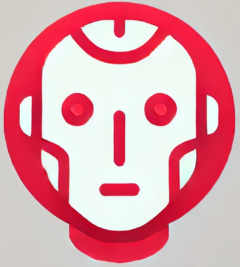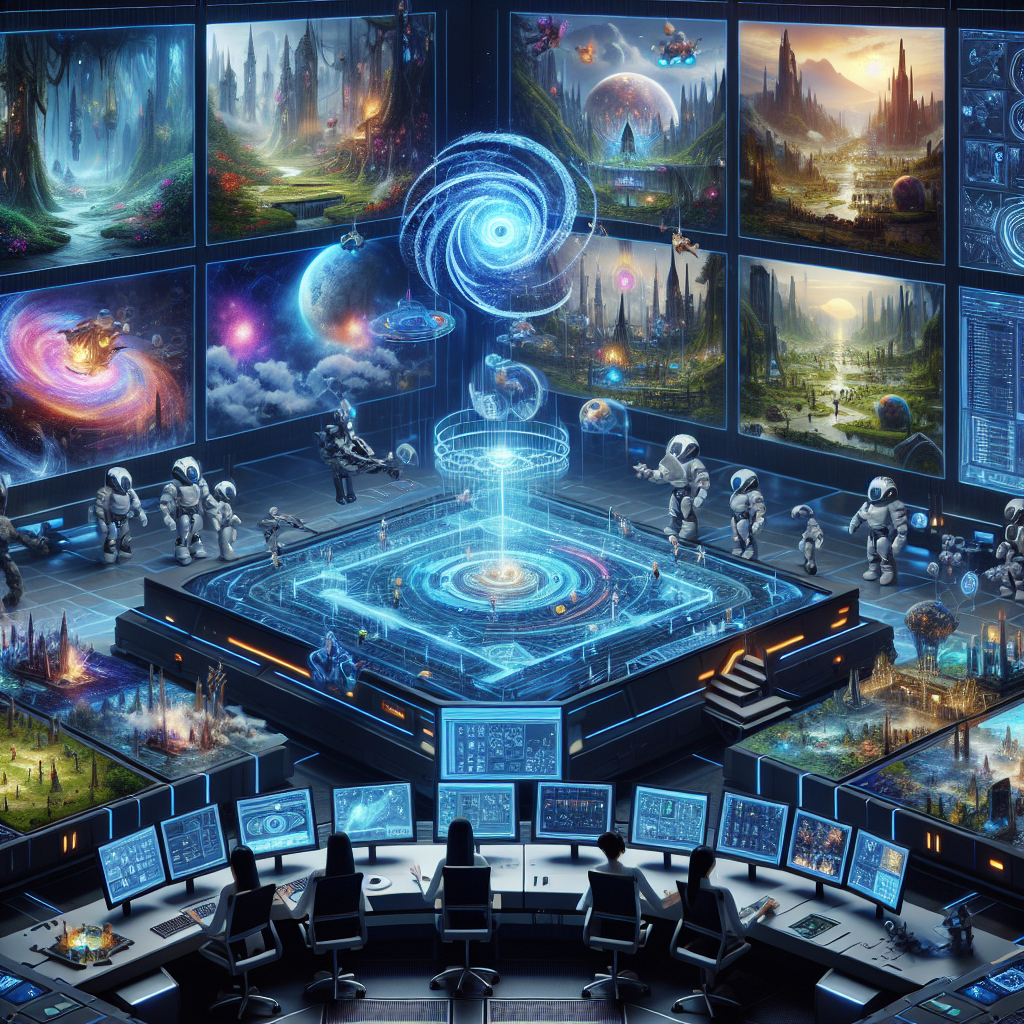AI Revolutionizing Future Game Design
In 1980, a humble arcade game called Pac-Man was released, featuring hard-coded ghost behavior and a level design that never changed. Fast-forward to today, and artificial intelligence is reshaping how game environments are conceived, structured, and experienced. AI revolutionizing future game design is no longer a distant vision—it’s happening now, and it’s transforming how developers and players interact with digital worlds.
From Static Code to Dynamic Worlds
Game design has traditionally relied on human creativity supported by rigorous rule-based programming. Designers plot every enemy, item, and architectural nuance by hand. While this allows for precision and artistry, it’s labor-intensive and limits the scalability of immersive content. Today, AI tools are breaking the barriers of manual level creation by enabling automated, adaptive, and procedurally generated levels that respond to player behavior.
Technologies like procedural generation have been used in games like No Man’s Sky and Spelunky, but the next generation of AI is taking this approach to unprecedented heights. With machine learning algorithms that study player patterns and feedback loops, AI can now design levels in real time, crafting ever-evolving experiences where no two playthroughs are the same.
How AI is Transforming Game Level Design
The integration of AI into level design processes introduces a synergy between human creativity and machine intelligence. Here are key advancements driving this transformation:
- Procedural Content Generation: AI algorithms like Generative Adversarial Networks (GANs) and Reinforcement Learning can create infinite level variations, drastically reducing development time.
- Player-Tailored Experiences: AI can analyze gameplay styles and adapt quests, environments, and combat sequences in real time, maintaining player engagement and challenge.
- Automated Testing & Optimization: AI bots can simulate thousands of game sessions to test level difficulty, bug detection, and performance bottlenecks, streamlining quality assurance.
This fusion leads to game experiences that are not only scalable but also personalized and dynamic, bringing players deeper into interactive narratives and responsive environments. Developers like Ubisoft and indie studios alike are already integrating these tools into production pipelines.
The Designer’s Role in an AI-Driven Future
While some fear AI will replace human designers, the reality is more collaborative. Designers will evolve into curators and architects who guide AI frameworks with initial design blueprints, objectives, and thematic direction. The heavy lifting—repetitive layout creation, resource balancing, obstacle placement—will be automated, giving designers more time for storytelling, emotional pacing, and aesthetic polish.
In essence, AI democratizes innovation in game design. Smaller studios can now compete on a level playing field with AAA developers by leveraging AI to build expansive, intelligent game worlds with fewer resources.
What’s Coming Next?
The future of AI-powered level design includes neural networks that learn from entire genres of games, predictive design that anticipates player frustration points, and seamless cross-platform scalability. As AI evolves, game design won’t just be faster—it will become more intuitive, inclusive, and narratively rich.
For deeper insights into how AI is transforming the game industry, check out this comprehensive piece by Gamasutra’s AI game design section.
Ultimately, AI revolutionizing future game design isn’t just a trend—it’s the next great canvas for interactive storytelling and player immersion. As machines learn more about how we play, the games themselves will begin to evolve alongside us.

